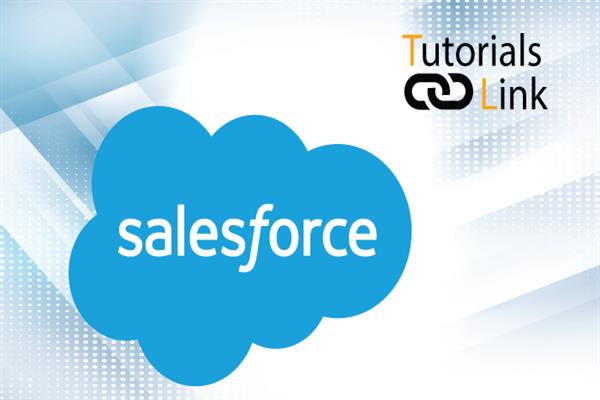Introduction to Salesforce
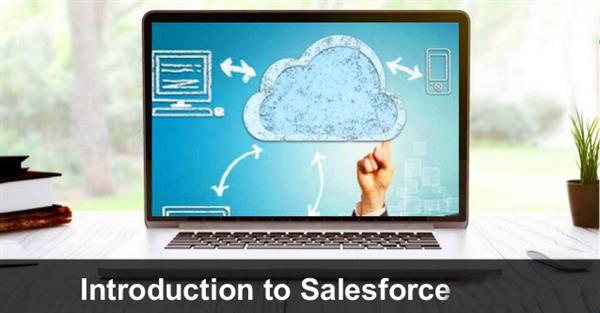
Now a day everything is online, so it is very complicated for companies to spend millions on storage troubles so they simply bought a vast space for them on the cloud storage provided by Salesforce.
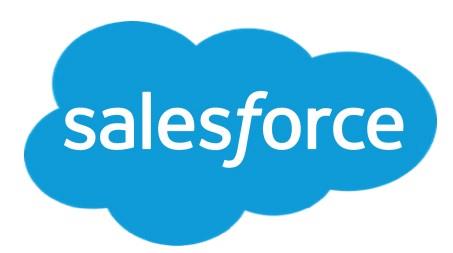
What is Salesforce?
This is an obvious question, but it’s one that needs to be answered before jumping into anything else. Salesforce is a customer relationship management tool (CRM), which means it is used to keep track of and strengthen a company’s relationship with its existing and potential clients. Salesforce is known best for its CRM. Salesforce is a worldwide cloud computing company located in the United States of America.
What is Customer Relationship Management (CRM)?
Customer relationship management (CRM) manages your business's single most important goal - satisfying your customers. A highly effective customer relationship management system will encompass and enhance all aspects of customer interface, from sales and marketing to customer service: existing client relationships become stronger and new client relationships evolve more quickly - all core requirements of business success.
How does Salesforce work?
Salesforce is a CRM software as a service with our Force.com PaaS (Platform as a Service), so that you can multitask and keep track of your customers.
It is available on cloud, no need to install any software and no hardware required. In salesforce.com you can develop our own applications or if you need any application on demand, you can buy from app exchange.
App Exchange is a marketplace to sell our custom applications and to buy applications from app exchange.
Main Data Objects in Salesforce
When you’re using Salesforce, You’ll use five main data objects to keep track of your sales process and lead generation efforts. These objects are accounts, contact, opportunities, leads, and campaigns.
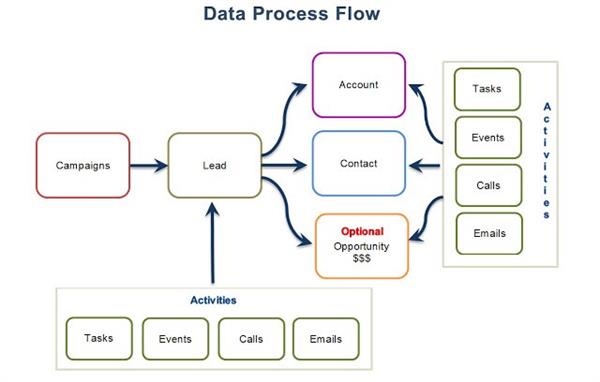
Accounts are the companies you deal with, Contacts are the people at those companies, and Opportunities are the deals you’re making with those companies to sell them your product or service. Contacts and Opportunities are always linked to an account.
Leads are the companies/people who have shown some interest in your company, but not enough to take the next step in the sales process. Leads are generated by your company’s marketing efforts, like Tell calls, Face to face meetings and webinars etc.
Campaigns are Salesforce’s way of keeping track of marketing efforts. I could create a campaign in Salesforce for that specific conference and talk, and when I imported those attendees as leads, they would be linked to that campaign. Campaigns are a good way to track where your leads are coming from, and how your marketing efforts are doing.
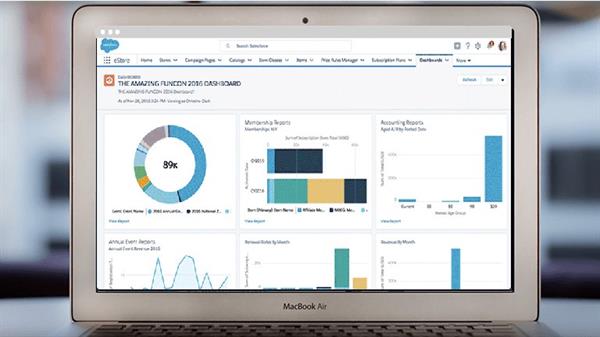
Dashboards & Reports
Salesforce has two different desktop user interfaces: Lightning Experience and Salesforce Classic.
A report is a list of records that meet the criteria you define. It’s displayed in Salesforce in rows and columns and can be filtered, grouped, or displayed in a graphical chart.
Every report is stored in a folder. Folders can be public, hidden, or shared, and can be set to read-only or read/write. You control who has access to the contents of the folder based on roles, permissions, public groups, and license types. You can make a folder available to your entire organization, or make it private so that only the owner has access.
A dashboard is a visual display of key metrics and trends for records in your Org. The relationship between a dashboard component and report is 1:1; for each dashboard component, there is a single underlying report. However, you can use the same report in multiple dashboard components on a single dashboard
Like reports, dashboards are stored in folders, which control who has access. If you have access to a folder, you can view its dashboards. However, to view the dashboard components, you need access to the underlying reports as well.
